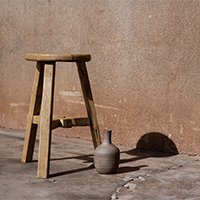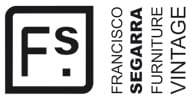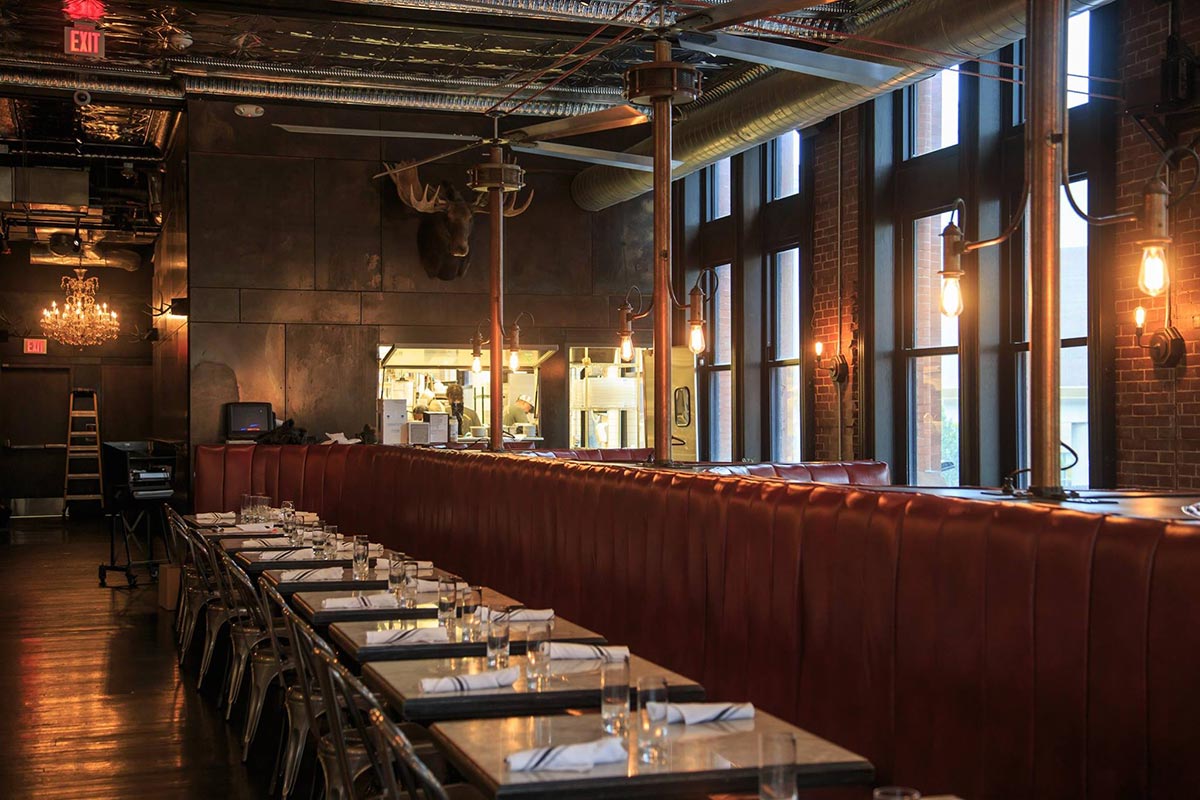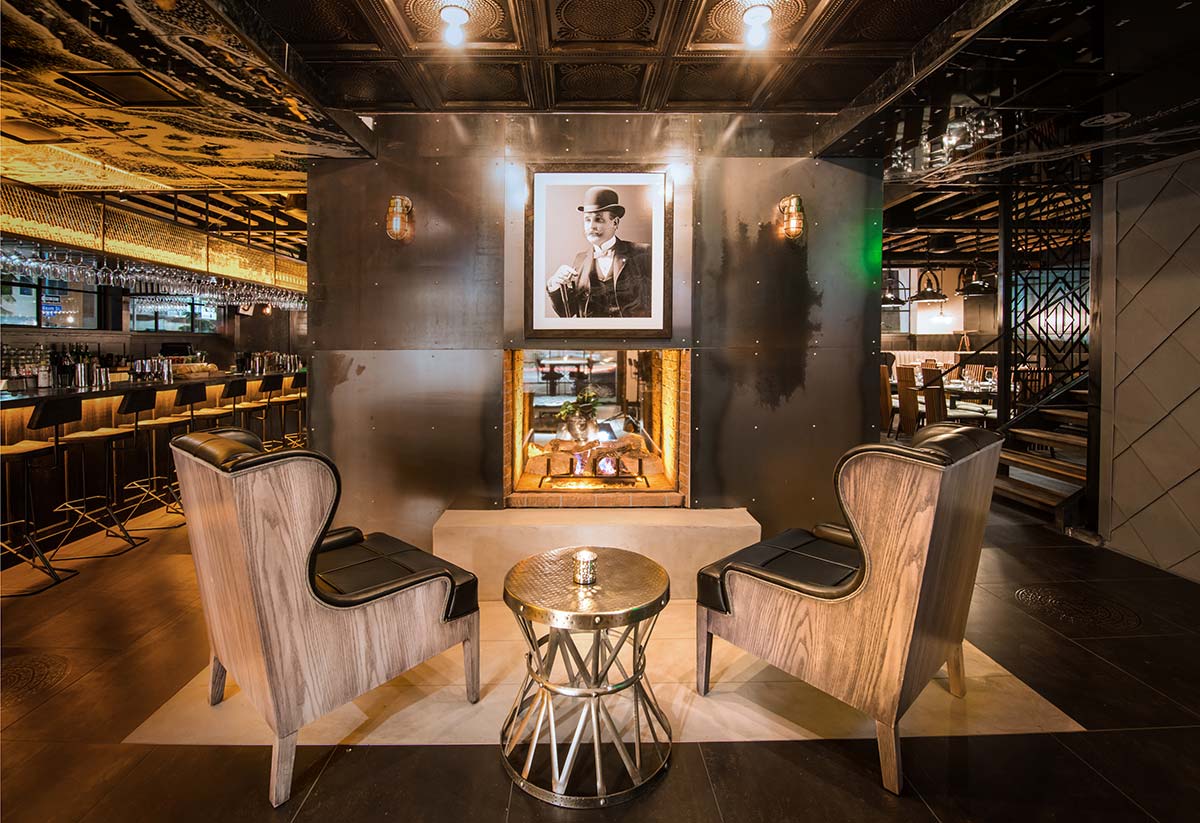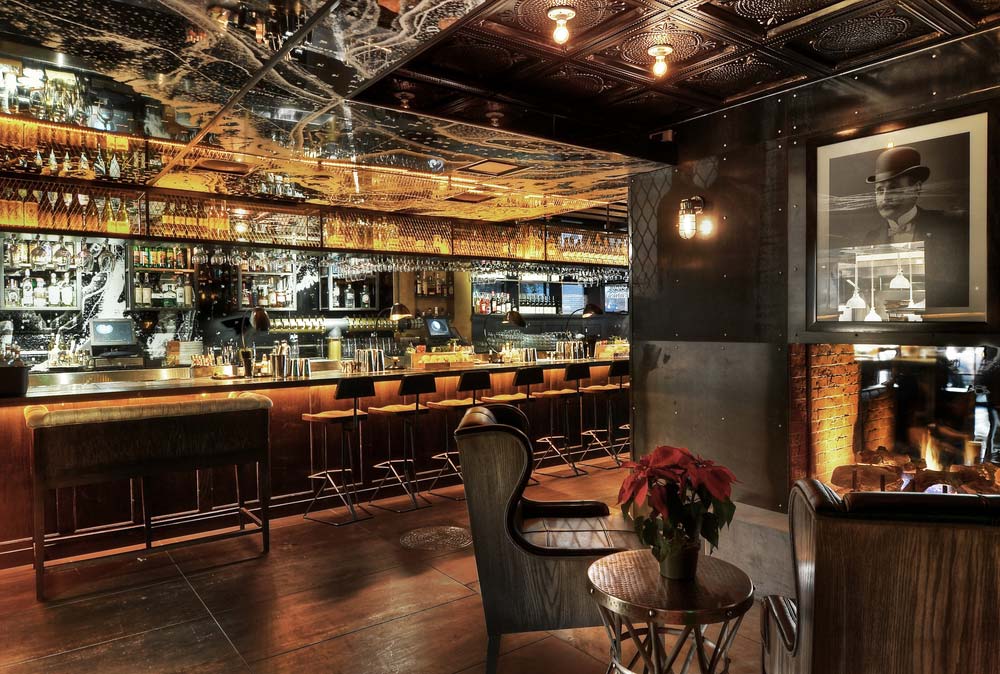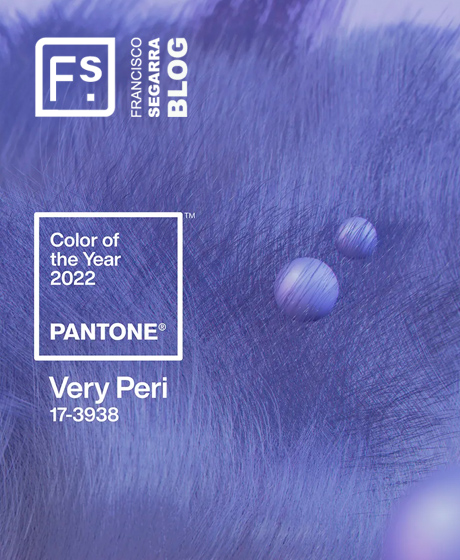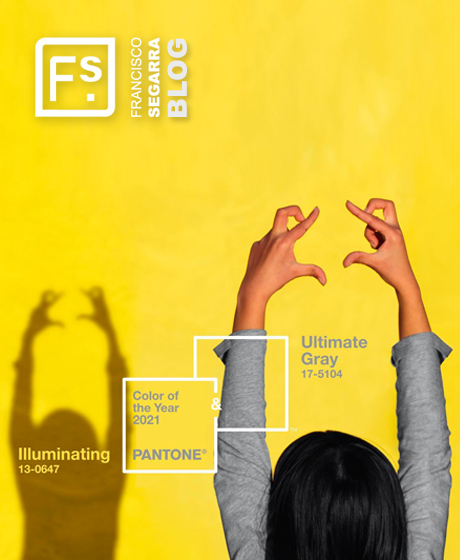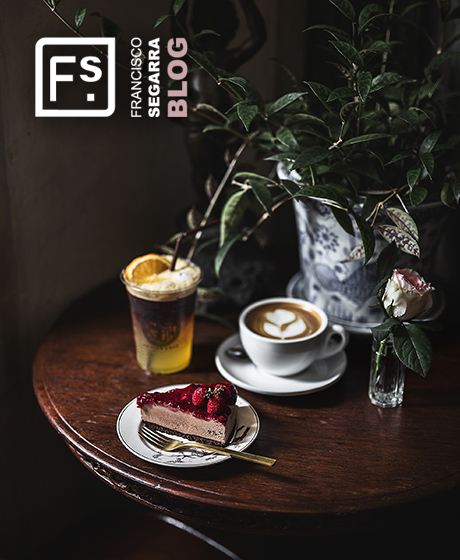Victorian Style decorative metal panels. Out of the ordinary design.
Escape the interior design in series. Unmark and excel. Succeeding in the design of spaces that dominates originality and differentiation. The discovery and use of exclusive, unique or iconic products is part of the success.
The Victorian tin panels, so characteristic of the late nineteenth century; an icon of history as a beautiful ornament piece, manufactured one by one, with the characteristics of those products that refuses the industrial mass production chains.
Victorian style coverings. A product with status. An interior with details.
The Victorian era was part of the so called age of progress. Influenced by the advances in industry and technology, it had great repercussion in the architecture. Victorian era more than a style was a period in history. The availability of new materials allowed the evolution of architectural styles and decorative trends. One of the main characteristics of this period was a rich ornamentation, taken as a symbol of the social status.
These technological advances made possible the manufacture of one of the most attractive decorative products of the nineteenth century. Metal coverings or roof tiles made of tin. Slender and smooth sheet of iron or steel covered with a thin layer of tin on both sides, mechanically pressed with complex designs and elegant embossments.
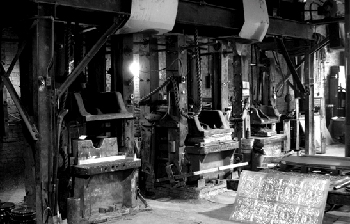 These metal panels were manufactured by a machine and a worker. he uses the weight of the top part to put pressure in the metal sheet over a negative mold, this process hasn´t changed much today.
These metal panels were manufactured by a machine and a worker. he uses the weight of the top part to put pressure in the metal sheet over a negative mold, this process hasn´t changed much today.
They were times of ostentatious interiors and extravagant luxury with striking designs that demanded attention, characteristics that fit the aesthetic demands of the current commercial decorations.
The metal panels were popular products with a high demand in Europe and the United States during more than half of century. Its designs styles endured up to the following design currents like the Art Noveau, Art deco and contemporary.
In a puritan society that circled around home and family as the centre of social union and well-being. The rich and powerful liked to exhibit their importance by means of impressive buildings; private residences displayed the wealth obtained with the proliferant industry. Country homes with rich ornaments that later influenced the middle class.
The interior architecture of these Victorian buildings was characterized by high ceilings and big windows which made it difficult to maintain a constant temperature in the different areas. The use of heavy curtains to isolate of air currents, and chimneys were the only means of heating. To the aesthetics qualities of the Victorian coverings and the thermal properties of tin had to be considered as an effective solution to help preserve a more stable temperature in the rooms.
During the II World war, a shortage of metal arises, due to its use in the manufacturing of ships and aeroplanes. The scarcity of prime materials stopped production. More than sixty years later Francisco Segarra spreads its use. The sinuous and elegant lines are object of pure contemplation and admiration used as a way to attract and captivate.
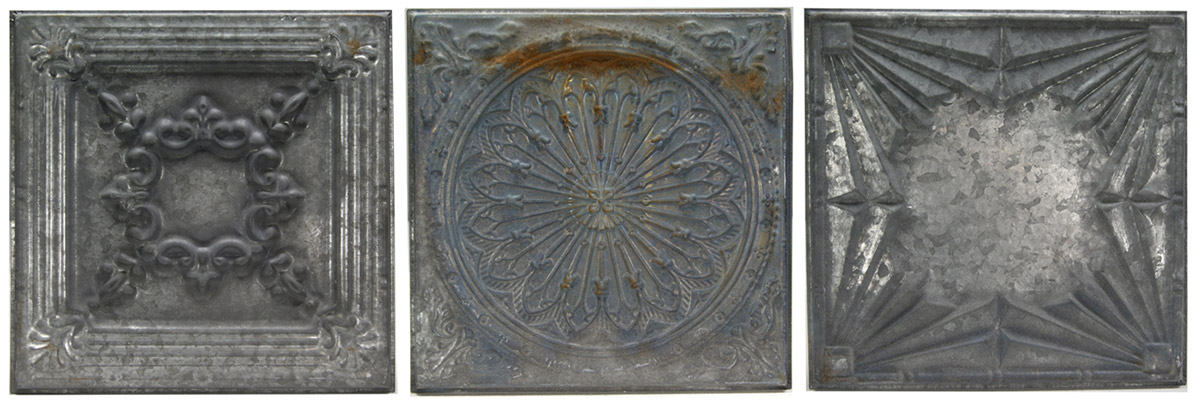
An iconic product reproduced even with the aging process, a unique product that only Francisco Segarra diffuses its use and proves is a practical and elegant way to increase the visual impact of commercial interior design projects.
Wall and roof decorative metal panels for a tailor made interior design.
As we have mentioned, the visual appeal of Victorian style metal panels fits different styles of designs, a good example of this adaptation is found in:
Wright & Company. An American food restaurant in a historic building, with a decoration that clearly stands out from others by the combination of vintage and industrial styles with an added detail … the metal sheets, covering its ceiling, that bring elegance and depth to the space for its properties Aesthetic and reflective. A place full of life and contrasts.
© Wright & Company
Ketter Exchange. A trendy Italian food restaurant in San Diego California. An ambitious project where you start from scratch. The architectural design of the building has ample spaces, high clad ceilings and lots of lighting in more than 700 m2. As for the interior, materials such as cement, steel and wood are perceived, creating an attraction that captivates by the contraposition of sinuous curves and straight lines; The dark and the clear. An informal but classy place where the metal plates fit perfectly in this space.
© Planmygetaway / Tectureinc Antietman.
A bistro restaurant in Detroit with an Art Deco style interior. A place of subdued light that accentuates its dark tones and contrasts with the texture of the wood that brings warmth.
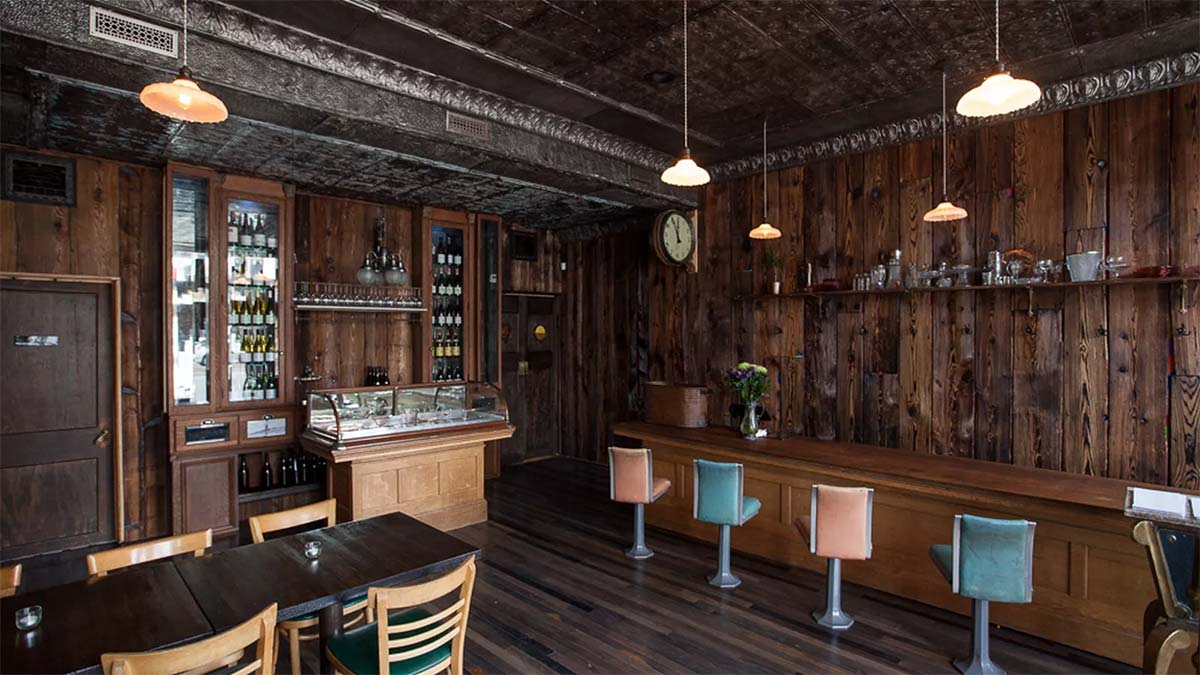
© Detroit.eater
